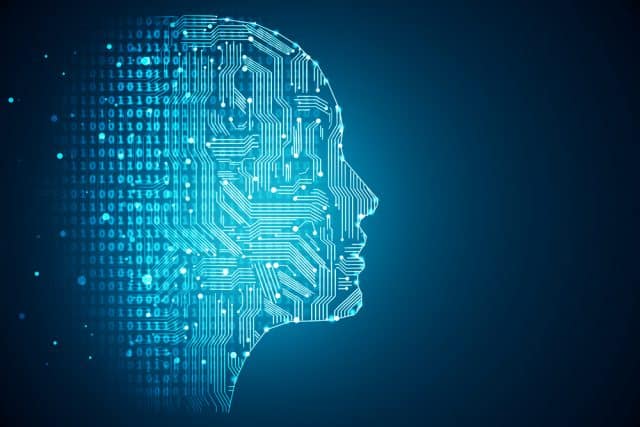Workplace communications: The role of artificial intelligence and audio-visual solutions

Technology is reshaping the way we work and the convergence of Audio Visual (AV) solutions with Artificial Intelligence (AI) is not only redefining how we communicate but it is also playing a pivotal role in digitizing workspaces and helping organizations achieve their sustainability objectives.
Research from technology analyst Valoir reveals that AI has the potential to automate 40 percent of the average working day, allowing business leaders to increase productivity levels like never before. This trend is expected to continue with the global market size anticipated to see an annual growth rate of over 15 percent between 2024 and 2030.
AI-powered tech in action
The meeting room landscape is undergoing a transformative shift, driven by artificial intelligence, machine learning, and automation. We have already seen the efficiency benefits automation brings, preventing unnecessary power usage by automatically turning off lighting and room technology when meeting spaces are not in use. Before this, separate control systems were needed to achieve the same functionality. By embracing AI-powered technology, organizations can create even more intelligent workspaces across their estate to further reduce their carbon footprint and increase sustainability commitments.
Expanding on this, combining sensors and AI in meeting rooms provides features such as people counting; allowing organizations to calculate room capacity and display a real time view of occupancy. By utilizing AI in this way, organizations are empowered to establish intelligent building systems, seamlessly integrating meeting room appliances with building services such as heating, ventilation, and air conditioning (HVAC) to monitor and improve the quality of working conditions.
In the audio space, AI is having a marked impact on the meeting experience for in-room participants and those joining remotely. Innovation in audio technology has seen the introduction of beamforming microphones, which excel at identifying specific speakers or voices and eliminating distracting background sounds, such as coffee-making, keyboard clatter or paper shuffling. This built-in intelligence and ability to identify the correct audio input proves why these devices are becoming essential for workplace communications.
The evolution of camera technology
Cameras have seen a range of technological improvements over time, from basic image capture to enhanced features that are optimizing the way in which meetings take place. By integrating advanced features like pan-tilt-zoom and speaker tracking, these devices can seamlessly pinpoint individual speakers, whether they are sitting down or roaming around the room.
This automation has elevated the meeting room experience with the built-in AI acting as a virtual director. It intuitively focuses on speakers in real-time as they talk, eliminating the need for remote participants to manually identify who is speaking -- a challenge which is exacerbated in larger spaces. This functionality leads to more engaging meetings on platforms such as Webex, Microsoft Teams, Zoom and Google Meet. Extending the functionality further, these cameras are equipped with built-in analytics, allowing organizations to monitor meeting space usage, room capacity and get more value from their investment in the longer term.
Privacy is key
As AI adoption continues to gain traction and we experience the range of benefits that it can bring to our daily lives, questions around privacy will undoubtedly surface. AI systems rely on vast amounts of data to learn and predict, which can lead to concerns on the collection, processing, and storage of such information. This data can include personal information such as names, addresses, financial and sensitive information. And as we’ve seen from several high-profile cases, such as Zoom’s alleged use of AI without users’ consent, there can be challenges to using this technology.
This highlights the importance of understanding the threats AI poses, especially for organizations interested in implementing it. The clarity surrounding data processing control remains unanswered. If data processing does occur, it’s important to understand where in the world the data is being stored and whether the anonymized data is being monitored, as this could be a crucial determinant of whether the technology is installed or not.
The role of training and future adoption of AI
AV technology plays a pivotal role in the day to day functioning for a vast number of businesses, so it’s essential that employees know how to operate it proficiently. The importance of AV training for employees will help organizations to understand the full benefits and get the most value from their chosen solution offerings.
As AI finds new ways to enter our lives, we will see a shift in the way in which meetings take place. Whether its presenting valuable data insights and embedding them within meeting processes or aiding business leaders to maximize workforce participation and efficiency, there are a plethora of examples of how this technology is changing the way teams engage and reach desired outcomes. As artificial intelligence continues to advance, organizations will be able to leverage it to achieve next level innovation and lead to more productive, sustainable, and united workplaces.
Photo credit: Peshkova / Shutterstock
Matthew Stradling is AV Pre-site Department Lead at Cinos.
